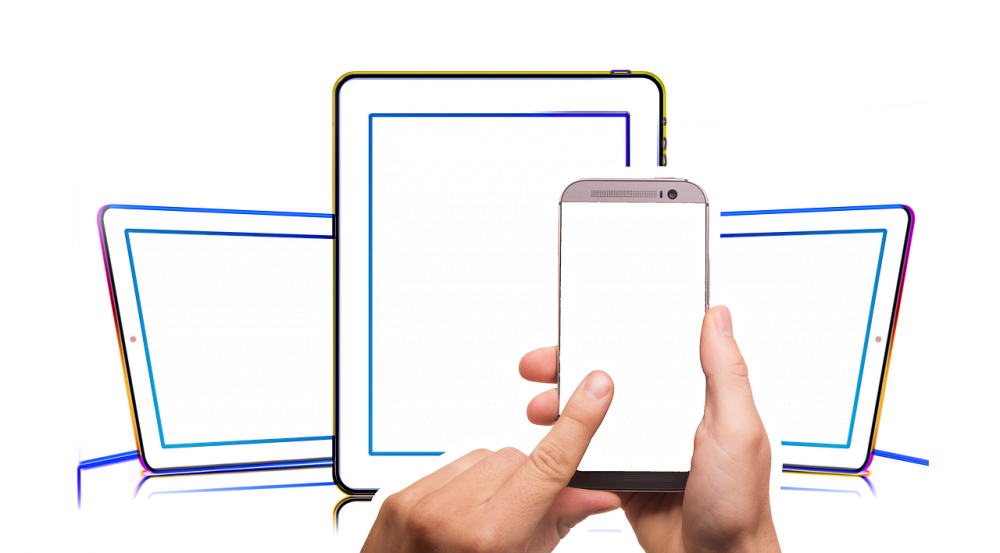Google Translate App: Revolutionizing Language Translation on the Go

Google Translate App has become an indispensable tool for individuals seeking seamless and accurate translation services. With its user-friendly interface and constantly improving features, it has cultivated a loyal following of tech enthusiasts and language learners alike. In this comprehensive article, we will delve into the depths of Google Translate App, exploring its functionalities, historical development, and its impact on the digital landscape.
Introduction to Google Translate App: A Game-Changer in Language Translation
Google Translate App is a mobile application developed by Google, empowering users to instantly translate text, voice, images, and even real-time conversations in over 100 languages. Designed for both Android and iOS platforms, it has proven to be a transformative tool for individuals navigating multilingual environments. Whether you are a traveler, student, or business professional, Google Translate App offers a plethora of features to simplify the language barrier.
Key Features and Functionality

1. Text Translation: By simply typing or copying and pasting text into the app, users can translate it into their desired language instantly. The app provides translations for numerous language pairs, ensuring comprehensibility in various contexts.
2. Voice Translation: Google Translate App facilitates seamless oral communication, allowing users to speak into their devices and receive real-time translations. This feature has been a major boon for travelers seeking language assistance abroad.
3. Image Translation: The visual translation feature allows users to translate text within images by simply taking a photo. This is particularly helpful when deciphering menus, signs, instructions, or any other visual text in a foreign language.
4. Conversation Mode: Google Translate App leverages the power of machine learning to enable real-time, back-and-forth conversations between individuals who speak different languages. This feature has revolutionized cross-cultural interactions, bridging the gap between linguistic diversity.
Historical Development: From Modest Beginnings to Revolutionary Advancements
Google Translate App has come a long way since its inception, continuously striving to enhance its accuracy and usability. Let’s take a walk down memory lane and explore its historical development:
– 2006: Google launched its translation service and introduced a web-based translation tool.
– 2010: Google added the “Translate” button to Chrome, allowing users to translate entire web pages with ease.
– 2011: The Google Translate App made its debut on Android and iOS platforms, extending translation capabilities to mobile devices.
– 2015: The app underwent a major update, introducing the word lens feature for instant image translation.
– 2016: Google incorporated neural machine translation, significantly improving translation quality and natural language processing.
– 2016: Tap-to-Translate feature was introduced, enabling users to translate text within other apps without switching to the Translate App.
– 2019: Google integrated the Google Lens feature, further enhancing image translation accuracy and usability.
The aforementioned video showcases the transformative capabilities of Google Translate App, demonstrating its user-friendly interface, voice translation, and image translation features.
Achieving Featured Snippet: Structuring the Text for Maximum Visibility
To increase the likelihood of Google showcasing this article as a featured snippet, the following bullet-point structure can significantly bolster its chances:
– Introduction to Google Translate App: A brief overview of its purpose and functionalities.
– Key Features and Functionality: Delve into each feature, emphasizing its practical use and benefits.
– Historical Development: Highlight the stages of its evolution, emphasizing key milestones and advancements.
– Impact on Digital Landscape: Emphasize how Google Translate App has transformed communication, language learning, and cultural exchange.
–
Conclusion
: Summarize the key points discussed and reiterate the significance of Google Translate App.
Conclusion
Google Translate App has revolutionized language translation, enabling individuals to communicate effectively and seamlessly across linguistic barriers. With its diverse range of features and constant advancements, it has undoubtedly become an essential tool for tech enthusiasts and language enthusiasts worldwide. As technology continues to progress, we can only anticipate further enhancements to Google Translate App, making it an indispensable companion in our increasingly interconnected world.





